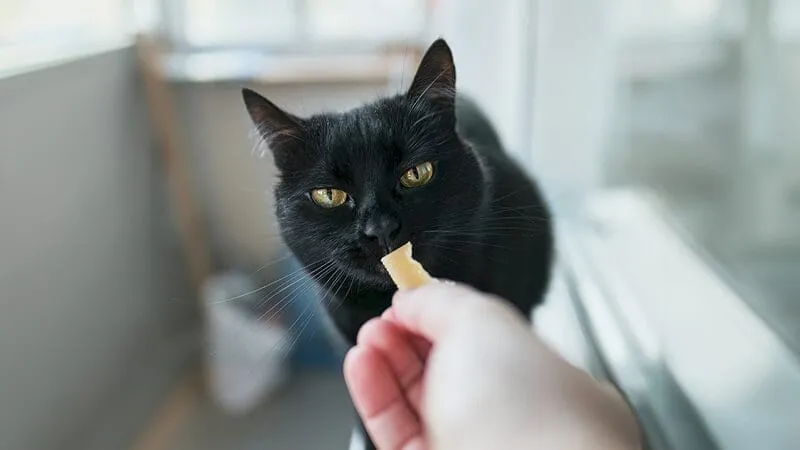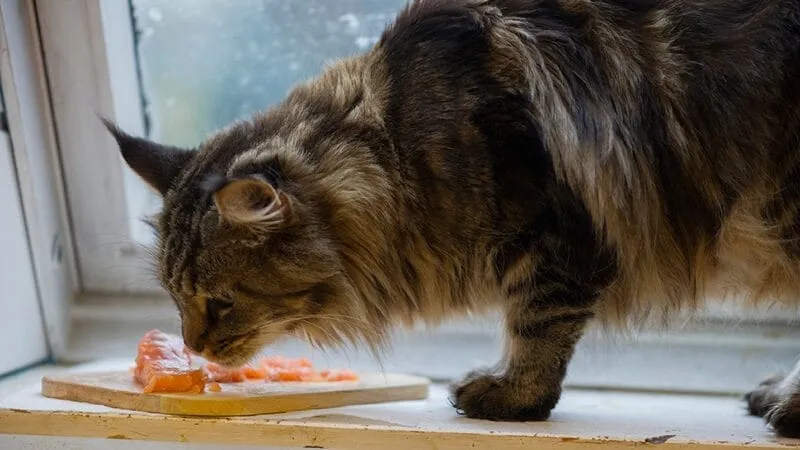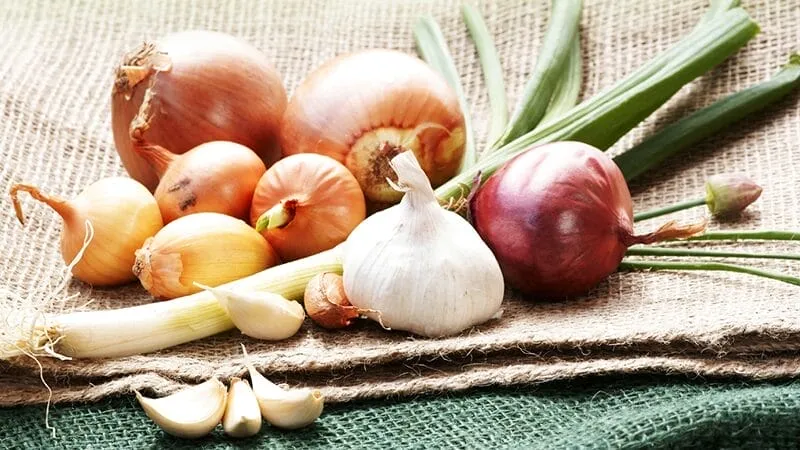Sharing food with our beloved canine companions is a natural impulse for many pet owners. While it’s delightful to see their wagging tails at the prospect of a treat, it’s crucial to understand that not all human foods are safe for dogs. Just like us, dogs can enjoy certain foods in moderation, but consuming the wrong items or too much of a good thing can lead to gastrointestinal upset or even severe health problems. This guide will explore common human foods that are generally safe for your dog to enjoy as occasional treats, alongside a vital list of foods you must always keep out of their reach. Understanding these distinctions is key to ensuring your furry friend remains happy and healthy. If you’re wondering about specific dietary needs or concerns, exploring what can i feed my dog can offer more insights.
Safe Human Foods Your Dog Can Enjoy in Moderation
Offering your dog small portions of these human foods can provide them with a novel treat and, in some cases, additional nutritional benefits. Remember, these should always be given sparingly and never replace a balanced commercial dog food diet.
Carrots: A Crunchy, Nutritious Snack
Carrots are an excellent low-calorie snack for dogs. Their crunchy texture can even help clean your dog’s teeth naturally. They are packed with fiber, which aids in digestion, and beta-carotene, a precursor to vitamin A, essential for good vision and immune function. Always cut carrots into small, manageable pieces to prevent choking, especially for smaller dogs or those who tend to gulp their food. They can be served raw or lightly steamed.
Cheese: A Tasty Treat (with Caution)
Most dogs adore cheese, and a tiny piece can be a fantastic high-value treat for training. Cheese provides protein and calcium, which are vital for strong bones and muscles. However, it’s also high in fat and calories. Too much cheese can lead to weight gain or digestive upset, particularly for lactose-intolerant dogs. Stick to small, infrequent portions of low-lactose cheeses like cheddar, mozzarella, or parmesan. Always observe your dog for any signs of discomfort after introducing new foods.
 A small cat enjoying a tiny slice of cheese, demonstrating a pet receiving a treat.
A small cat enjoying a tiny slice of cheese, demonstrating a pet receiving a treat.
Cooked Eggs: Protein Powerhouse
Cooked eggs are a highly nutritious and easily digestible source of protein, vitamins, and minerals for dogs. They are rich in essential fatty acids, which contribute to muscle development and overall health, and are packed with amino acids. When preparing eggs for your dog, always ensure they are fully cooked to eliminate the risk of salmonella. Never season the eggs with salt, pepper, or other spices, as these can be harmful to dogs. While beneficial, eggs are also high in cholesterol, so limit how often you offer them as a treat.
Marshmallows: An Occasional Sweet Indulgence (with a Warning)
While marshmallows offer little to no nutritional value for dogs, a very small piece can sometimes be used as a special, occasional sweet treat or even to help administer medication due to their soft, pliable texture. However, it is paramount to read the ingredients label carefully. Many sugar-free marshmallows contain xylitol, an artificial sweetener that is highly toxic to dogs and can cause a rapid drop in blood sugar, seizures, liver failure, and even death. Always choose xylitol-free varieties and offer them extremely sparingly due to their high sugar and calorie content. For more information on what other human food can i feed my dog, consult reliable resources.
Green Beans: A Low-Calorie Veggie Option
Green beans are a fantastic low-calorie snack for dogs, making them an excellent choice for pets on a weight management plan. They are rich in fiber, vitamins (like K, C, and A), and minerals, all of which contribute to your dog’s overall health. Green beans can be served raw, steamed, or even canned. If using canned green beans, make sure they are plain and unseasoned, and always rinse them thoroughly to reduce their sodium content, which can be detrimental to your dog’s health.
 A happy dog eating green beans, enjoying a healthy snack.
A happy dog eating green beans, enjoying a healthy snack.
Peanut Butter: A Dog Favorite (Xylitol-Free is a Must!)
Peanut butter is often a go-to treat for dogs, loved for its taste and versatility in hiding pills or filling puzzle toys. It’s a good source of protein, healthy fats, and vitamins B and E. However, like marshmallows, the biggest concern with peanut butter is the presence of xylitol. Always choose natural, unsalted, and xylitol-free peanut butter. Even small amounts of xylitol can be deadly for dogs. Give peanut butter in moderation due to its high-fat content, which can contribute to weight gain or pancreatitis if given in excess. If your dog has a sensitive stomach, understanding what food to give your dog with an upset stomach is also important.
Salmon: Rich in Omega-3s
Cooked salmon can be a highly nutritious addition to your dog’s diet, rich in omega-3 fatty acids. These healthy fats are incredibly beneficial for your dog’s skin and coat health, promoting a shiny coat and reducing dryness. Omega-3s also support joint health, reduce inflammation, and can boost the immune system. When preparing salmon for your dog, it is absolutely essential that it is well-cooked, completely boneless, and unseasoned. Raw or undercooked salmon can contain the Neorickettsia helminthoeca parasite, which can cause salmon poisoning disease in dogs, a potentially fatal condition.
 A pet enjoying cooked salmon, highlighting the benefits of omega-3 rich food for animal health.
A pet enjoying cooked salmon, highlighting the benefits of omega-3 rich food for animal health.
Human Foods Dogs Must Absolutely Avoid
While some human foods can be safe in small amounts, others are outright toxic to dogs and must be kept completely out of their reach. Ingesting even tiny quantities of these items can lead to severe illness, organ damage, or even death.
Chocolate: A Dangerous Delicacy
Chocolate is one of the most well-known toxic foods for dogs, and for good reason. It contains theobromine, a stimulant that dogs metabolize much slower than humans. This means it can build up to toxic levels in their system. Symptoms of chocolate poisoning include vomiting, diarrhea, restlessness, tremors, seizures, and in severe cases, heart failure or death. The darker the chocolate, the higher the concentration of theobromine, and thus, the more dangerous it is.
 Illustration warning not to feed chocolate to dogs and cats due to its toxicity.
Illustration warning not to feed chocolate to dogs and cats due to its toxicity.
Alcohol: Extremely Toxic
Alcohol, in any form, is extremely toxic to dogs. Even small amounts can cause severe liver and brain damage, leading to symptoms like vomiting, disorientation, weakness, respiratory distress, coma, and even death. Alcoholic beverages, as well as foods containing alcohol (like some desserts), should be kept strictly out of your dog’s reach. Never offer your dog any product containing alcohol.
Onions, Garlic, and Chives: Red Blood Cell Destroyers
Onions, garlic, and chives, all members of the Allium family, contain N-propyl disulfide, a chemical that is highly toxic to dogs. When ingested, this compound damages your dog’s red blood cells, leading to severe anemia. Symptoms can include lethargy, weakness, pale gums, and difficulty breathing. Even small amounts, whether raw, cooked, or in powdered form (like garlic powder in seasonings), can be harmful. It’s crucial to keep all forms of these ingredients away from your dog.
 Graphic depicting onions, garlic, and chives to be kept away from cats and dogs due to toxicity.
Graphic depicting onions, garlic, and chives to be kept away from cats and dogs due to toxicity.
Macadamia Nuts: Unexplained Toxicity
The exact mechanism of toxicity in macadamia nuts is not fully understood, but they can cause serious problems for dogs. Ingestion can lead to weakness, especially in the hind legs, vomiting, hyperthermia (elevated body temperature), tremors, and depression. While typically not fatal, symptoms can be distressing and painful. It’s best to avoid giving your dog macadamia nuts entirely to prevent any adverse reactions. For a broader list of what dogs are not allowed to eat, always refer to comprehensive guides.
Raisins and Grapes: Kidney Failure Risk
Grapes and raisins are highly toxic to some dogs, capable of causing acute kidney failure. The toxic compound is unknown, and not all dogs react, but for those that do, the consequences can be severe and life-threatening. Symptoms can include vomiting, diarrhea, lethargy, decreased appetite, and increased thirst/urination, which can progress to kidney failure. Due to this unpredictable and severe risk, it is absolutely essential to avoid giving your dog any grapes or raisins. If your dog consumes either, contact your veterinarian immediately. Understanding what food can i feed my dog with pancreatitis also highlights the importance of dietary caution.
When in doubt about any human food, always err on the side of caution and refrain from giving it to your dog. Their digestive systems and metabolisms are different from ours, and what might be harmless for a human could be deadly for a dog. If your dog ingests something they shouldn’t have, or if you have any concerns about their diet or health, consult with your veterinarian immediately. By making informed choices about what human foods you share, you can help ensure your canine companions remain healthy, happy, and safe for years to come.
